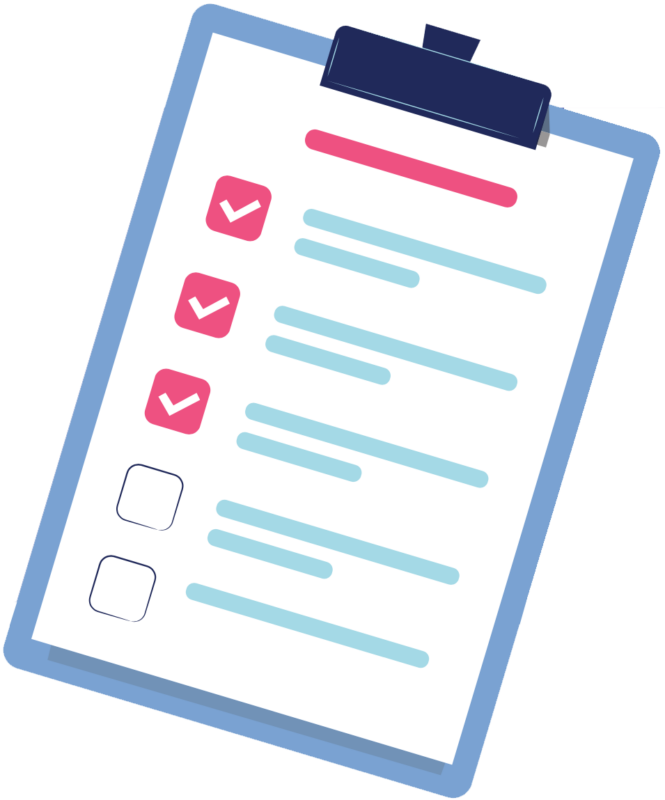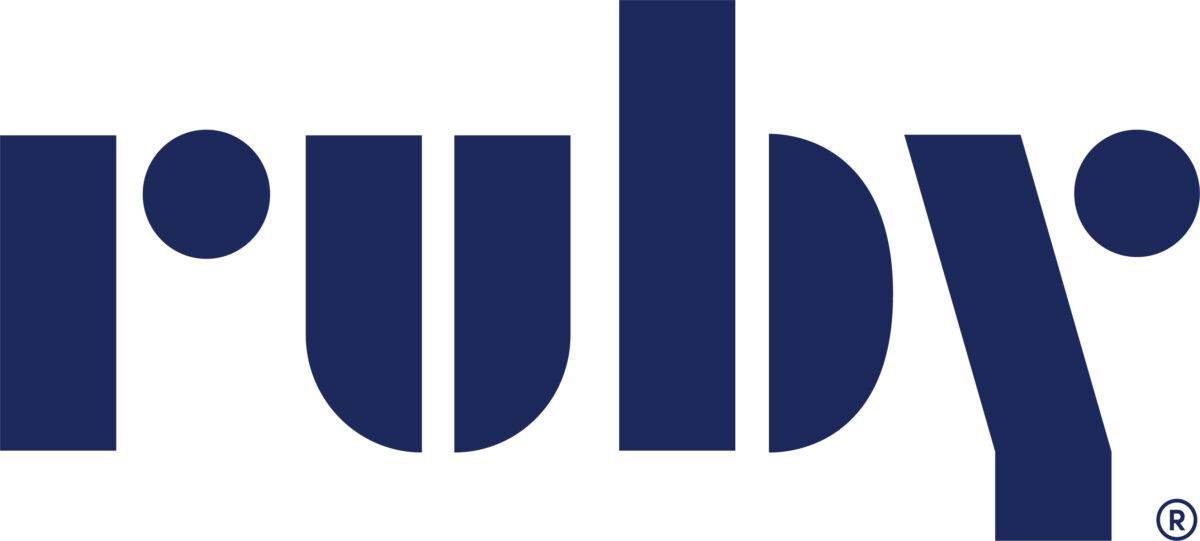
COVID-19 has stretched everyone in healthcare in ways they’ve never experienced before. They’ve had huge patient loads. They’ve had to be creative about PPE. Some have had reduced hours or lost work altogether, as patients postponed elective treatments. These changes have raised the question, “Why is communication important in healthcare?”
Plus, many parts of the country are dealing with yet another surge in COVID cases. Other places are trying to re-open elective care. Some institutions are hiring more people to help ease the burden, while others are looking for ways technology can assist overburdened staff, especially with communication. Good communication is vital in a healthcare setting as stress levels are high for care providers and their patients. Patients are anxious, desiring personal care and attention, which is hard to deliver amid dozens of patients and a severe health crisis. Let’s look at some of the issues facing healthcare providers, as well as possible solutions.
A battle on all fronts
The healthcare industry faces a burnout crisis due to COVID-19, with some recent surveys displaying alarming numbers. Mental Health America surveyed healthcare workers about their mental state over the past three months. More than 1,000 people responded, and a whopping 93% feel stress, while 76% reported feeling burnt out and exhausted. Similarly, 77% said they feel frustrated.
Another survey worth noting, conducted by Berxi, had 84% of healthcare staff respondents feeling at least somewhat burnt out. The other alarming find from the Berxi survey was how little sleep medical professionals are getting. One in three reports sleeping for four hours or less each night, and 90% are not getting eight hours.
At the same time, there are fewer healthcare workers. Reports from November 2020 indicate that at least half the states are facing severe staff shortages. For instance, intensive care nurses usually only care for two patients at a time. In some parts of Texas, these nurses care for up to six or eight patients at once. With so many patients, they have a hard time communicating effectively with doctors and other caregivers. Pair that with lack of sleep, and healthcare staff are put in a position of having to choose how they spend their energy—on care or communication.
Ultimately, poor communication between caregivers can have a very negative effect on patient care.
A communication service relieves some of the burden on exhausted clinicians
Exhausted doctors and nurses are more likely to make mistakes. So, finding relief is critical. Hiring more staff is one solution, however, the process can take a long time. In the meantime, there are ways that hospitals can use technology to improve communication between doctors, nurses, other staff members, patients, and their families. Communication technology can also take some of the burdens off of healthcare workers.
A highly trained receptionist service helps healthcare providers by answering basic questions. At Ruby, we can also help with intake and connecting patients to the right staff member or doctor.
When the doctors and nurses on-site customize their communication service, patients get a much better experience. Having a strong team of receptionists is also vital. Look for services that train specifically in empathy and guiding callers with a focus on accuracy. As you research possibilities, be sure to look for HIPAA-compliant services.
Some clinicians might wonder why they should hire a service at all. Why not just focus on getting more staff? As we said earlier, hiring can take a long time. On the other hand, a service is already ready to go. They will be able to get on board quickly and help lighten a hectic staff load.
Interested in learning more about support for healthcare workers? Check out our ebook, The Shifting State of Healthcare!



